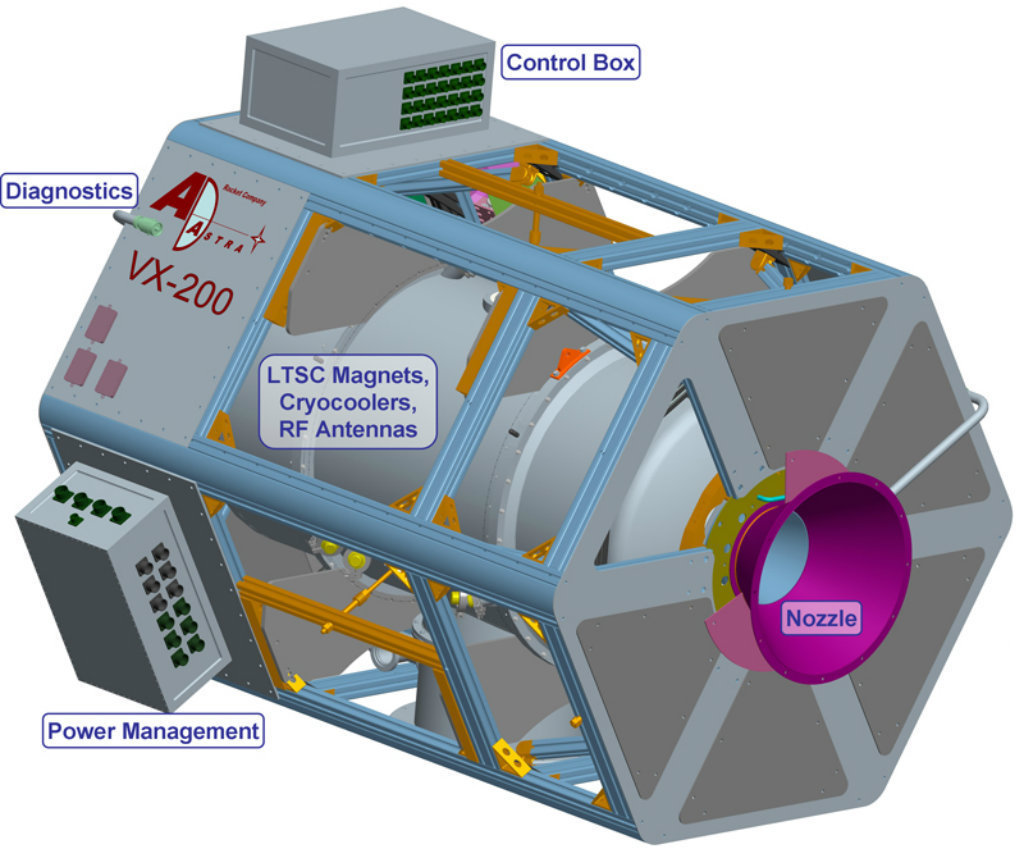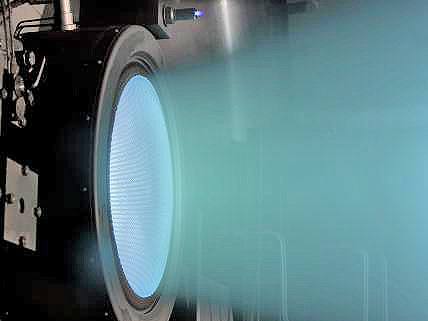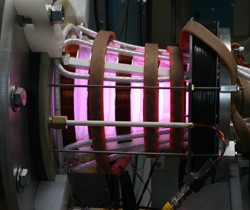April 7, 2015 – NASA last week announced its NextSTEP 12 space technology commercial partnerships focused on helping to advance key technologies to move us here on Earth deeper into the cosmos. Each of the companies is receiving annual grants of between $400,000 and $3.5 million U.S. for a three-year period.
Divided into three categories, NASA hopes to see progress in the following areas:
- Advanced propulsion systems.
- Space habitation.
- CubeSat projects.
In this posting we will discuss only those technologies focused on point #1, advanced propulsion systems. In subsequent blogs we will address the other two.
In a nut shell the problem NASA faces is one of distance and time. To get to Deep Space it needs faster, more portable and long-duration propulsion technologies that present alternatives to using traditional chemical-fueled rockets and thrusters. In all robotic missions to the Solar System’s many destinations, save a few, NASA has been relying on chemical-fueled propulsion. Because launching from the gravity well of Earth limits the amount of propellant within a payload NASA and its mathematicians have supplemented the chemicals with the clever use of the objects in the Solar System itself using their gravity to accelerate spacecraft to get from Point A to Point B. Flights using gravity assistance take years to get to their ultimate destinations with the spacecraft looping through the Solar System, aerobraking in the upper atmosphere of planets, all to alter trajectory and gather speed.
It is clever and efficient but a death sentence if it were to be used for human missions. Human crews would not survive such multi-year transits for many reasons (water, air, food, cosmic rays, etc.) NASA, therefore, is looking to commercial partners to help it perfect alternative propulsion to move them faster and further while minimizing risk to human crews.
In last week’s announcement NASA provided three-year funding contracts to companies that have shown they have the “right stuff” to help get to Deep Space. These companies include:
- Ad Astra Rocket Company, Webster, Texas, developers of the VASIMR (R) engine. VASIMR is an acronym for Variable Specific Impulse Magnetoplasma Rocket, an electric rocket engine that takes gases such as argon, xenon or hydrogen and superheats them to create a hot plasma that when ejected through the rocket bell creates thrust. The schematic below is the VX 200 prototype, the type of engine that could power a flight to Mars. VASIMR technology can be combined with solar power arrays for use in near-Earth, sub-lunar settings. But for Deep Space missions it can be combined with a small nuclear reactor to generate electricity and dramatically increase thrust. Firing a VASIMR engine continuously for a lengthy burn when attached to a nuclear power source would be not only sustainable but also reduce a flight to Mars from 6 months to 39 days. Hence NASA’s interest.
- Aerojet Rocketdyne Inc., Redmond, Washington, has partnered with NASA in developing landing technology for the Martian rover Curiosity, and is now being assigned the task to further develop the NASA Evolutionary Xenon Thruster, or NEXT. A Xenon thruster was used by the Dawn robotic spacecraft to provide power on its voyage to asteroids Vesta and Ceres. Ion propulsion doesn’t produce a lot of thrust but cumulatively over time can accelerate a spacecraft to the very high speeds needed to make it to destinations like Jupiter, its moons, and the Asteroid Belt. Its limitation is the dependency on sufficient sunlight to generate the electricity needed to power the thrusters. Aerojet has been tasked with tripling that thrust capability as well as developing more advanced power processing units capable of increasing the energy conversion efficiency from the solar panels to the thrusters.
- MSNW LLC, Redmond, Washington, is developing the Electrodeless Lorentz Force (ELF) thruster, a steady-state pulsed inductive propulsion system. It operates with rotating magnetic fields to create field-reversed plasma toroids and can utilizes almost any in situ fuel from liquid water to hydrazine to the air of Mars. It is the ultimate engine for Deep Space missions if the technology can be improved to increase the power conversion to thrust yield. This is the assignment NASA is funding.


















